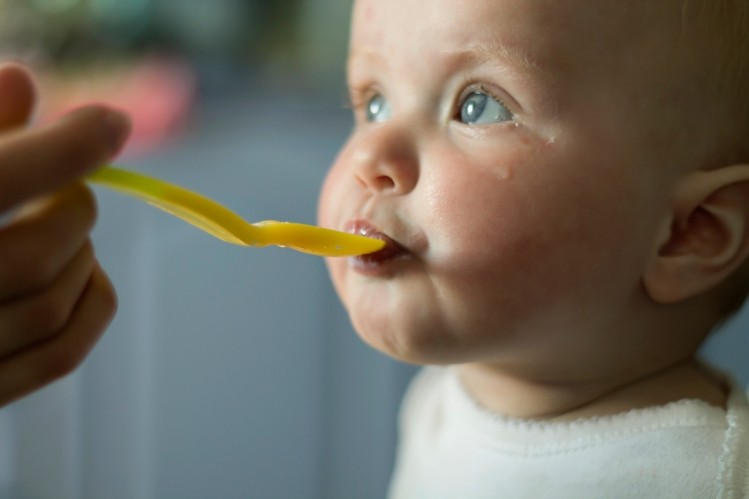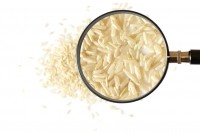French call to food industry: Cut infant exposure to nine substances (now)

Conducted over six years the agency analysed samples from 5,484 products that cover 95% of a typical infant diet. It looked at 670 substances and characterised the risk for around 400 of these.
“Even at the international level, this is the first study on such a scale to focus on children under three years of age … a more vulnerable population consuming specific foods for which few data are available,” it said.
The survey confirms a high level of health risk management, it said, meaning that risk for 90% of the substances can be ruled out.
Reduction a priority for nine substances
However, exposure levels for 16 substances must be reduced and the agency flagged nine of these as a priority.
For these nine substances “a non-negligible number of children” are exposed to levels higher than the toxicity reference values, prompting the agency to call for “particular vigilance”.
These are inorganic arsenic, lead and nickel; heavy metals polychlorinated dibenzo-p-dioxins and dibenzofurans (PCDD/Fs); polychlorinated biphenyls (PCBs); T-2 & HT-2 mycotoxins; acrylamide; deoxynivalenol and its derivatives; and furan.
Concerns were raised a further seven substances: cobalt, strontium, methyl mercury, selenium, cadmium and genistein in soy.
On the basis of the survey’s results it has called on industry to continue efforts to reduce exposure by identifying where in the production chain contamination occurs. It also encouraged a debate on the regulation of substances for which there is a concern.
Vegetables and water remain the biggest contributors of lead to an infant’s diet and ANSES urges parents to give children a varied diet to reduce this.
Meanwhile chocolate is the biggest contributor of nickel for children over the age of one. Industry efforts to reduce nickel levels in chocolate must be prioritised, as well as acrylamide levels in baby food containing grains and cereals.
Acrylamide has been in the spotlight recently as the Commission’s proposed new regulation failed to set maximum levels and provided for no independent enforcement.
European consumer group BEUC recently wrote a letter to the European Commission urging it to set legally binding maximum levels for acrylamide in food.
Concentration of PCBs has reached “very low levels” and fish are the highest contributing sources even though they are part of a healthy diet. In order to meet children’s nutritional needs whilst minimising the risks, the agency recommends giving infants two portions of fish a week, including one portion that is high in omega-3 oils such as from herring, sardines or mackerel – and to vary the species as well as wild caught or farmed fish.
Soy slammed
ANSES has previously raised concern over these 16 substances and said the scientific community must continue to deepen its knowledge of risk exposure in order to refine risk assessments.
The risk of consuming high quantities of the isoflavone genistein through soy cannot be ruled out, meaning parents should limit the quantity of soy-based products in an infant’s diet.
“Plant-based milks, and in particular those made from soy, are unable to meet the nutritional needs of infants,” it said.
'Satisfactory': Infant nutrition beyond the breast
The findings of the survey highlight the recommendations of France’s National Health and Nutrition Programme (PNNS) which tells parents to give babies under the age of six months no food apart from breast milk or infant formula.
“[We] reiterate that only breast milk or infant formulas can cover an infant's needs. Normal milk, regardless of the animal species that produced it, is not suited to the nutritional needs of children under one year of age.”
Over the age of six months infants should be given a varied diet from a wide variety of sources.
ANSES said nutritional needs are generally being met a “a satisfactory level” for iron and zinc in children under six months and for magnesium, calcium and copper in those under one year. Children under three years of age were also meeting their nutritional needs for manganese, selenium, molybdenum and potassium.
“However, inadequate intakes for zinc, calcium and iron, and excessive intakes for zinc and calcium were noted, depending on the age of the child. The potential health risks associated with these excessive intakes require additional studies.”
The full ANSES report is here.





